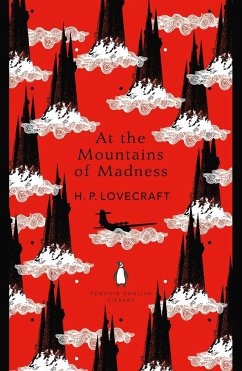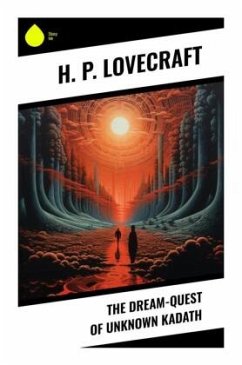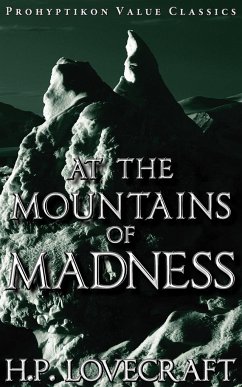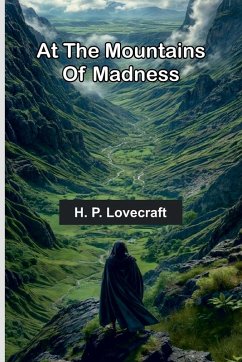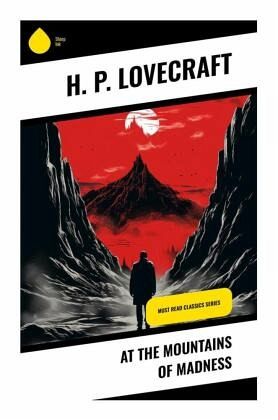
At the Mountains of Madness
Must Read Classics Series
Versandkostenfrei!
Versandfertig in 6-10 Tagen
8,60 €
inkl. MwSt.

PAYBACK Punkte
0 °P sammeln!
In "At the Mountains of Madness," H. P. Lovecraft crafts a haunting tale set against the desolate backdrop of Antarctica, where a scientific expedition uncovers a pre-human civilization. Lovecraft's signature style intertwines rich, descriptive prose with a sense of existential dread, creating an atmosphere thick with cosmic horror. The novella explores themes of forbidden knowledge and human insignificance within the vast, indifferent universe, drawing upon Lovecraft's fascination with ancient myths and the unknown. The work stands as a pivotal moment in weird fiction, reflecting early 20th-c...
In "At the Mountains of Madness," H. P. Lovecraft crafts a haunting tale set against the desolate backdrop of Antarctica, where a scientific expedition uncovers a pre-human civilization. Lovecraft's signature style intertwines rich, descriptive prose with a sense of existential dread, creating an atmosphere thick with cosmic horror. The novella explores themes of forbidden knowledge and human insignificance within the vast, indifferent universe, drawing upon Lovecraft's fascination with ancient myths and the unknown. The work stands as a pivotal moment in weird fiction, reflecting early 20th-century anxieties about science and exploration, while also inviting readers to confront the implications of discovering truths too terrifying to comprehend. Lovecraft, an influential figure in the genre of horror, often drew upon his troubled life experiences and personal fears when penning his works. His isolation and deep interest in the occult and the arcane shaped the narrative style andthematic concerns present in "At the Mountains of Madness." This novella, written in 1931 but published posthumously in 1936, showcases the author's unique ability to evoke terror through suggestive, rather than explicit, imagery, reflecting both his literary influences and his preoccupation with themes of existential dread. Recommending this chilling novella to readers is an exploration of Lovecraftian horror at its finest. "At the Mountains of Madness" is essential for anyone intrigued by the supernatural and the unfathomable depths of human ignorance. Its intricate narrative and compelling exploration of humanity's place within the cosmos provide a profound reading experience, one that lingers in the mind long after the last page is turned.



